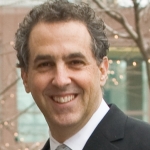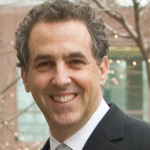
Mr. Jonathan Herman
Getting Organized
Posted by Sep 15, 2014

Mr. Jonathan Herman
 Jonathan Herman
Jonathan Herman
Young people have immense energy and a unique capacity to imagine, experiment, and take positive risks. But opportunities for them to develop their creativity and exercise these valuable qualities are in many cases limited.
Without opportunities to realize their own creative capacities, and thereby engage in the social and civic processes that directly affect their lives, young people are “at risk” of not realizing their own potential. And as a result our communities forgo the benefit of young people’s creativity, commitment, and leadership.
In an age of rapidly changing economic, social, technological, and environmental challenges (just to name a few), we need the talents of young people to help us innovate, renew, and build a brighter future.
Read More











